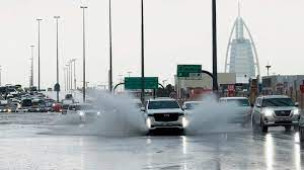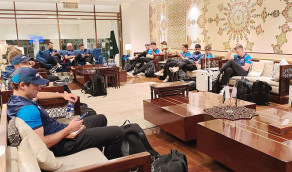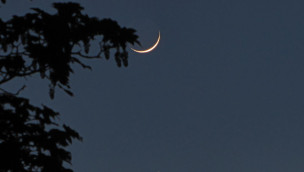The SS Edmund Fitzgerald, Hollywood ties with ships are age old
- News By : Web Desk
- 2021-11-11 15:46:39

Washington: 11 November 2021: The SS Edmund Fitzgerald
In 1958 the largest ship of its kind was built to travel the Great Lakes. It was named after the President and Chairman of the Board of Northwestern Mutual Life Insurance Company, the agency that funded the construction of the SS (Steam Ship) Edmund Fitzgerald.
The Fitzgerald had a wealth of titles: Queen of the Lakes, Mighty Fitz, Big Fitz, or just plain Fitz. For seventeen years the Edmund Fitzgerald carried massive loads of iron ore from Duluth to various ports around the Great Lakes. The Fitzgerald broke numerous records – often it’s own - for cargo carried during a shipping season. It was the pride of Great Lakes shipping.
The Fitzgerald was as elegant as it was durable. Part of the interior of the ship featured expensive carpeting, tiled bathrooms, and leather chairs. Passenger and crew quarters enjoyed air conditioning. Other amenities included a large galley and food pantry. The freighter was almost as long as the Titanic, yet could be maintained by less than thirty crew members, including the captain.
In 1972 Captain Ernest McSorley took the helm of the Edmund Fitzgerald. The Canadian born skipper had sailed the Great Lakes (and oceans) for more than forty years. He treated his crew as the professionals they were, and they returned his respect. His disregard of the Witch of November was less professional.
McSorley had a reputation as a “rough weather” captain. His tendency was to battle the elements, and the Edmund Fitzgerald was his ablest weapon. “Rough water didn’t really scare him,” noted a researcher. “McSorley believed in his boat and he didn’t like to waste time. He was famous for saying, ‘We don’t get paid for sitting here.’”
So it was with little anxiety that McSorley took the news of a storm coming across Lake Superior on the afternoon of November 9, 1975. He was sixty three years old and had seen it all. He was planning to retire at the end of the shipping season, which was very near. In Superior, Wisconsin, the Fitzgerald was loaded with over 26,000 tons of taconite pellets. Their destination was Zug Island on the Detroit River. McSorley aimed the Fitz in a straight line towards the target and sailed away.
Soon after the Fitz left port the National Weather Service issued gale warnings for the area the Fitzgerald was sailing in. Winds stiffened. Waves grew over ten feet high. The Fitz carried on.
The next day, November 10, brought worse weather. At 3:30 pm McSorley radioed Captain Jesse Cooper of the Arthur Anderson, a cargo ship sailing about fifteen miles behind the Fitzgerald:
"Anderson, this is the Fitzgerald. I have sustained some topside damage. I have a fence rail laid down, two vents lost or damaged, and a list. I'm checking down. Will you stay by me til I get to Whitefish?"
That the Fitzgerald was listing (tilting) to one side was a sign of significant structural damage. Whitefish Bay provided shelter from the storm. It was a haven for battered boats. McSorley’s plan was an admission there was no more ‘business as usual’ for the Edmund Fitzgerald. McSorley was seeking safe harbor.
Cooper agreed to keep the Anderson near the Fitzgerald until it reached Whitefish Bay. He asked McSorley if he had his pumps going. McSorley replied, “Yes, both of them.” Somewhere between 5:30 and 6:00 pm the Fitzgerald radioed again: “I have a bad list, lost both radars, and am taking heavy seas over the deck. One of the worst seas I’ve ever been in.” McSorley asked Cooper to help guide him to Whitefish Bay. Cooper obliged.
It got worse. By late afternoon the Anderson reported winds of 67 miles an hour and waves 25 feet high. Gusts of wind were recorded as high as 87 miles per hour. Then the Anderson was nearly sunk by rogue waves thirty five feet high. The Witch of November had fully arrived.
Captain Cooper radioed the Fitzgerald at 7:10 pm, and asked McSorley how things were. “We are holding are own,” he replied. Fifteen minutes later the SS Edmund Fitzgerald disappeared from the Anderson’s radar screen.
There was no SOS signal. The Fitz simply disappeared, and to this very day no one knows exactly what happened. A 1995 dive was the last legal dive allowed on the Fitzgerald. The divers claimed the 200 pound bell of the Edmund Fitzgerald. The bell was restored and today is displayed at the Great Lakes Shipwreck Museum in Michigan. Every November 10th the bell is ceremoniously rung 29 times for each crewman of the SS Edmund Fitzgerald.
Today the wreck site is classified a graveyard. Diving the wreck is forbidden, so the dead may rest in peace. They are gone but not forgotten.










